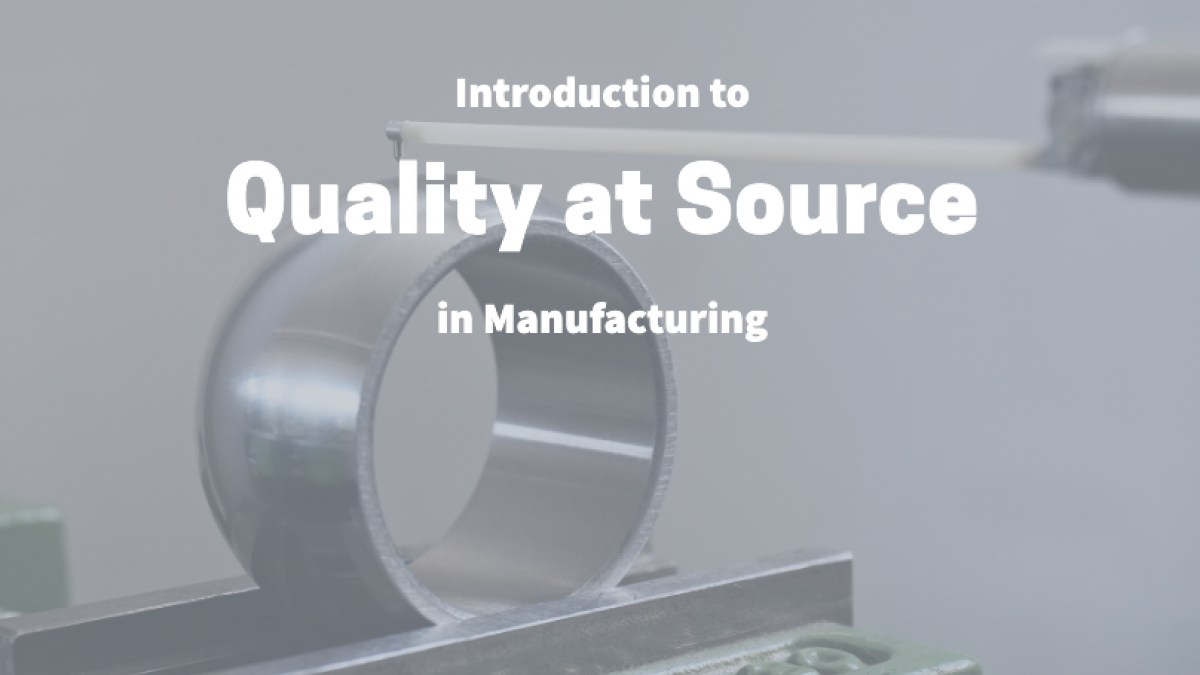Introduction to Quality at Source in Manufacturing

This post briefly overviews Quality at Source and its benefits in Manufacturing. You can watch the video or read the transcript below.
Video Transcript
Hello everyone.
Today I want to talk about quality at source in manufacturing.
Quality at source is a method used to ensure that products are made correctly the first time, rather than relying on inspection to find and correct defects.
It is an essential component of a successful manufacturing process.
In this talk, we will discuss what quality at source is, its benefits, and how to implement it.
So, what is quality at source?
It is a method of building quality into the manufacturing process from the very beginning.
Rather than relying on inspection after the product is made, quality at source focuses on identifying potential defects and preventing them from happening in the first place.
This is done by involving all employees in the manufacturing process, from the designers to the operators, in quality control.
Each employee is responsible for ensuring that their work meets the required standards and that any problems are identified and corrected immediately.
The benefits of quality at source are numerous.
First and foremost, it helps to reduce the number of defects in the manufacturing process.
This, in turn, reduces the amount of time and money spent on rework and repairs. It also increases customer satisfaction, as products are more likely to meet their expectations.
Additionally, quality at source can help to improve employee morale and job satisfaction, as they are more involved in the manufacturing process and feel that their work is valued.
Implementing quality at source can be challenging, but it is essential for a successful manufacturing process.
Here are a few steps to help you get started:
- Define the standards: First, you need to define the quality standards for your products. This includes specifications for materials, dimensions, and performance.
- Train employees: Ensure that all employees involved in the manufacturing process receive training on the quality standards and how to identify and prevent defects.
- Establish checkpoints: Identify key checkpoints in the manufacturing process where quality control checks can be performed. This includes both visual inspection and measurements.
- Continuous improvement: Implement a system for continuous improvement, where employees are encouraged to identify and suggest improvements to the manufacturing process.
In conclusion, quality at source is an essential component of a successful manufacturing process.
By building quality into the manufacturing process from the very beginning, you can reduce the number of defects, increase customer satisfaction, and improve employee morale.
While implementing quality at source can be challenging, it is well worth the effort in the long run.
I hope this talk has been informative.
Thank you for listening.
Before you leave our website, if you're interested in more information about Quality at Source, take a look at our Level 3 - Lean Expert training course. Click here...
Categories: Training
 Christopher Turner
Christopher Turner